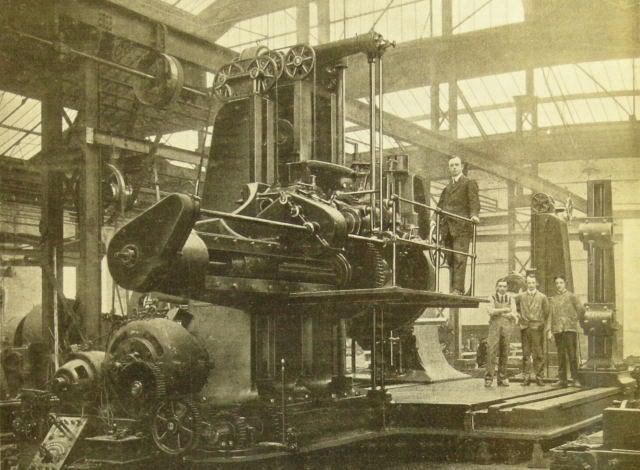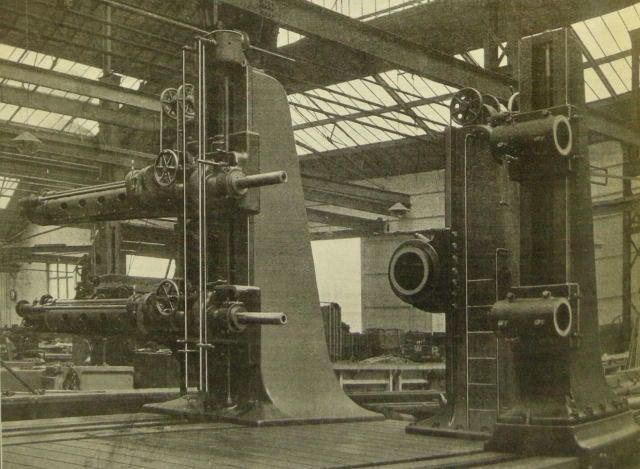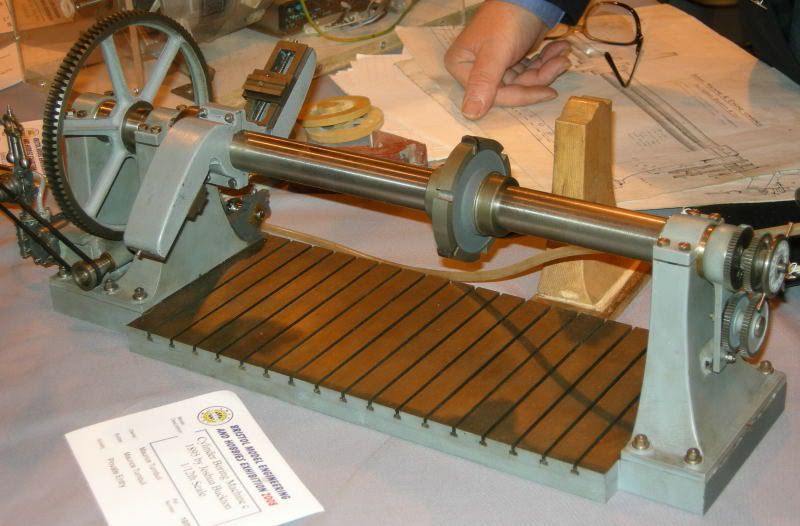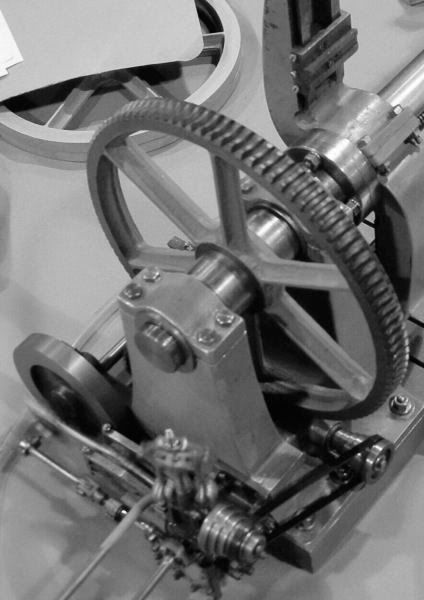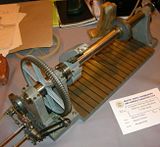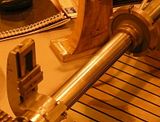Asquith, I like this thread on the big Richards cylinder boring machine, most impressive item of plant, Type of thing "Once gone- Gone for ever" Should this country & the western world, ever find themselves with their backs to the wall, and having to set up some heavy manufacturing capacity again, I wonder where they will get a facility to build its like again, And even more importantly the skill base to carry through such a project, not to mention the skill and lots of little tricks, on operating such a beast!, Frequently, i feel that i would like to ask todays fanancial gurus to ponder on such points, before they scuttle off, as the financial system could easily get worse.
However about 20 odd years ago up in this neck of the woods, an even larger and more elegant pair of heavy boring mills were scrapped, you would have really liked the bigger one of the pair of them, The biggest of them was one you were named after, a big travelling column Asquith, and its huge travelling saddle, which held the spindle, could as well as being traversed up & down the column , also could be angled to do horizontal drilling at about 30degrees, each side of the horizontal axis, The spindle also had an auxiliary smaller internal spindle capable of higher speed drilling (small drills, only up to about four morse taper!) The big spindle could face mill large flat surfaces as well,
Upon seeing this machine once with her spindle driving a self acting bar, boring out a big stern frame was something not easily forgotten, Along with her sister horizontal ,boring ,milling & drilling machine, a machine of a more powerful construction, a big Glasgow built Harvey, Both machines having an operators platform on the big saddle, in the case of the Harvey, where the machine man stood,to his right ,Near his feet, about two feet away, was a set of evil looking bevel gears, ,Todays " Health & Safety boys," would have kittens, Both machines were fitted with strategically placed floor plates, to expeditiously hold big castings & forgings for boring out & milling.
Both these machines were in the works of the Dennystown Forge Co at the Dalreoch area of the town of Dumbarton, Tribuatory of the Clyde, World renowned for its shipyard of the late firm of William Denny & Co Ltd. This was the yard who built the famous clipper ship Cutty Sark, whose build had been started on the same site, by another firm called Scott & Linton, who went burst early on in the build of that most important vessel, Dennys also pioneered the first manned helicopter trial with a successful outcome, just before the first world war (which put paid to its development) By all accounts it was a pretty primitive craft.
However back to the Dennystown Forge Co, This firm had a most impressive forge department with massive hydraulic presses, built by Davy Brothers of Sheffield, and also some big conventional steam hammers As an aside to my post, many years ago, an old draughtsman employed, previously at Dennystown, told me the following tale, Many years ago, wager had been placed with the machine shop of William Beardmores to be carried out on the same day, (most unofficial-- unknown to the management!) In this bet, the prize was a considerable amount of draught beer for the winners, It consisted of which turning shop, could get the longest cut off a big stern shaft without breaking it, adjudicators of an independant & fair minded stature were in both works, in telephonic communication, And everyboy had a cleat to grab the cutting as it spiralled of the lathe, it was being delicately snaked out on the machine shop floor, most gently,carefully measured, excitement was mounting Dennystown were winning, When horrors! a clown of a labourer ran over it with a wheelbarrow Beardmores won the beer, Wonder what happened to him?
Speaking of horizontal boring work about two months ago, i was in a place of which could nowadays, be called an endangered species, Yes you have got it in one, Dear readers, an engineering shop!, and the director of that firm, was having a discussion with me on horizontal boring, And he said to me, Were you ever in the Paisley, Renfrewshire works of Mckie & Baxter, Marine engineers,? Answer affirmative, Did you ever see the ancient cylinder boring mill? Ans, Yes an old Harvey, And two also by John Lang & Co, The man said i was in that works, just before its demise in 1970/ish, and one of their equally old turners, was boring out a long stern tube, and to see what was happening up the bore, he was using a candle held on a long wire, to poke up the bore & see his results, WE both imediately came to the same conclusion, the old boy was using a candle flame for light, as it does not throw as many shadows, as electric light would in the confined space, What did i say earlier on, about ancient tricks of the trade Now forgotten in todays high tech world !
